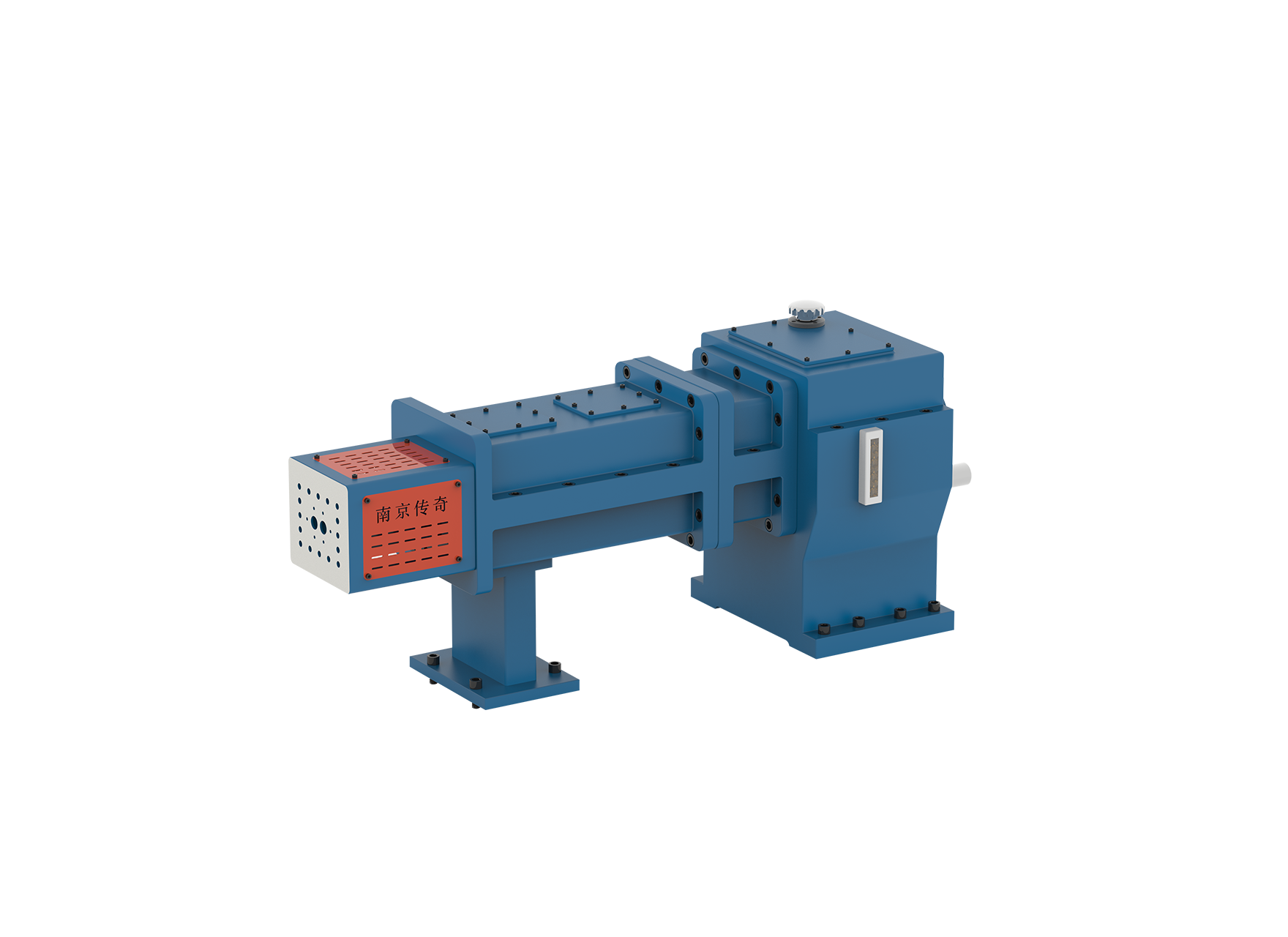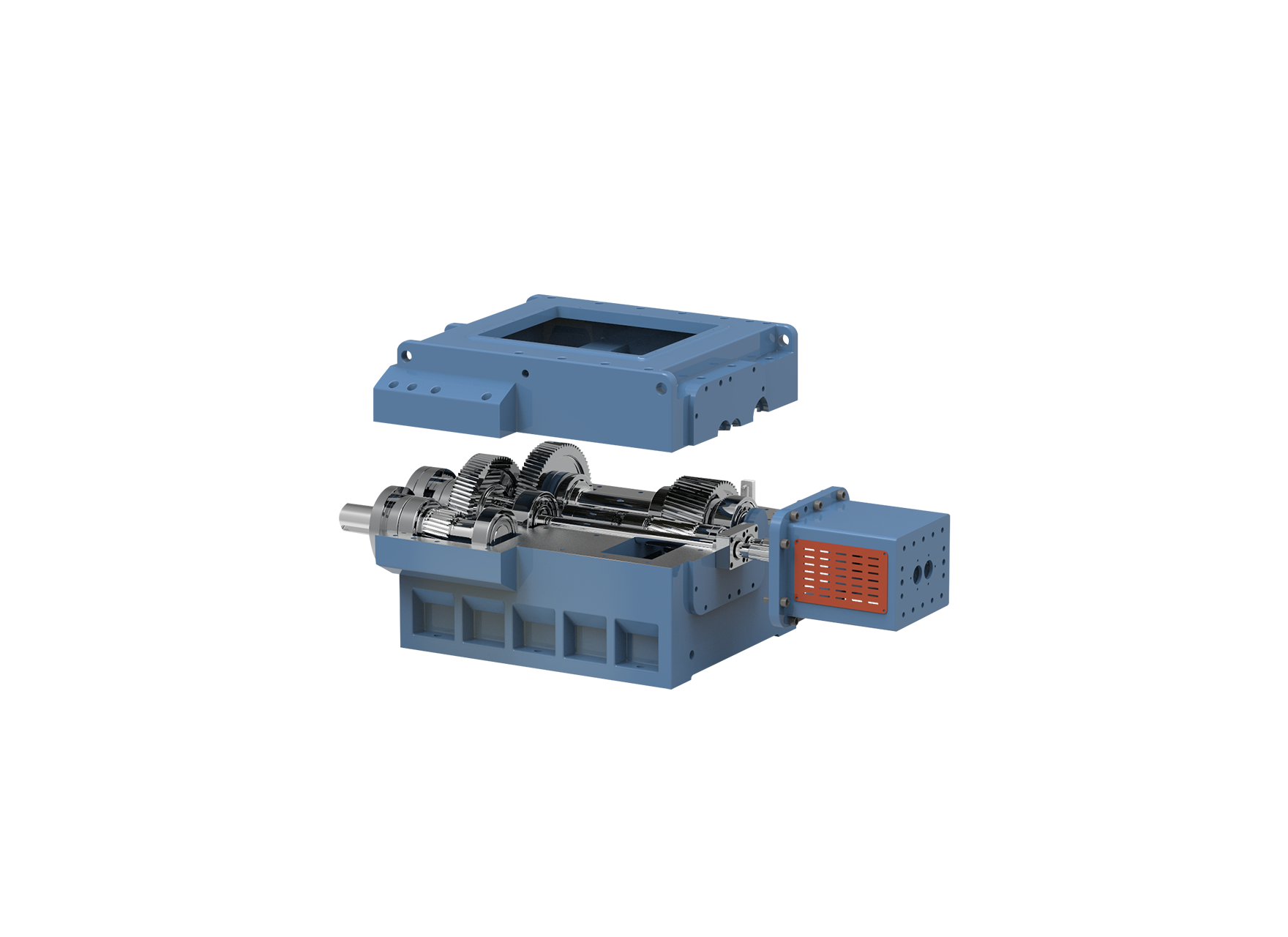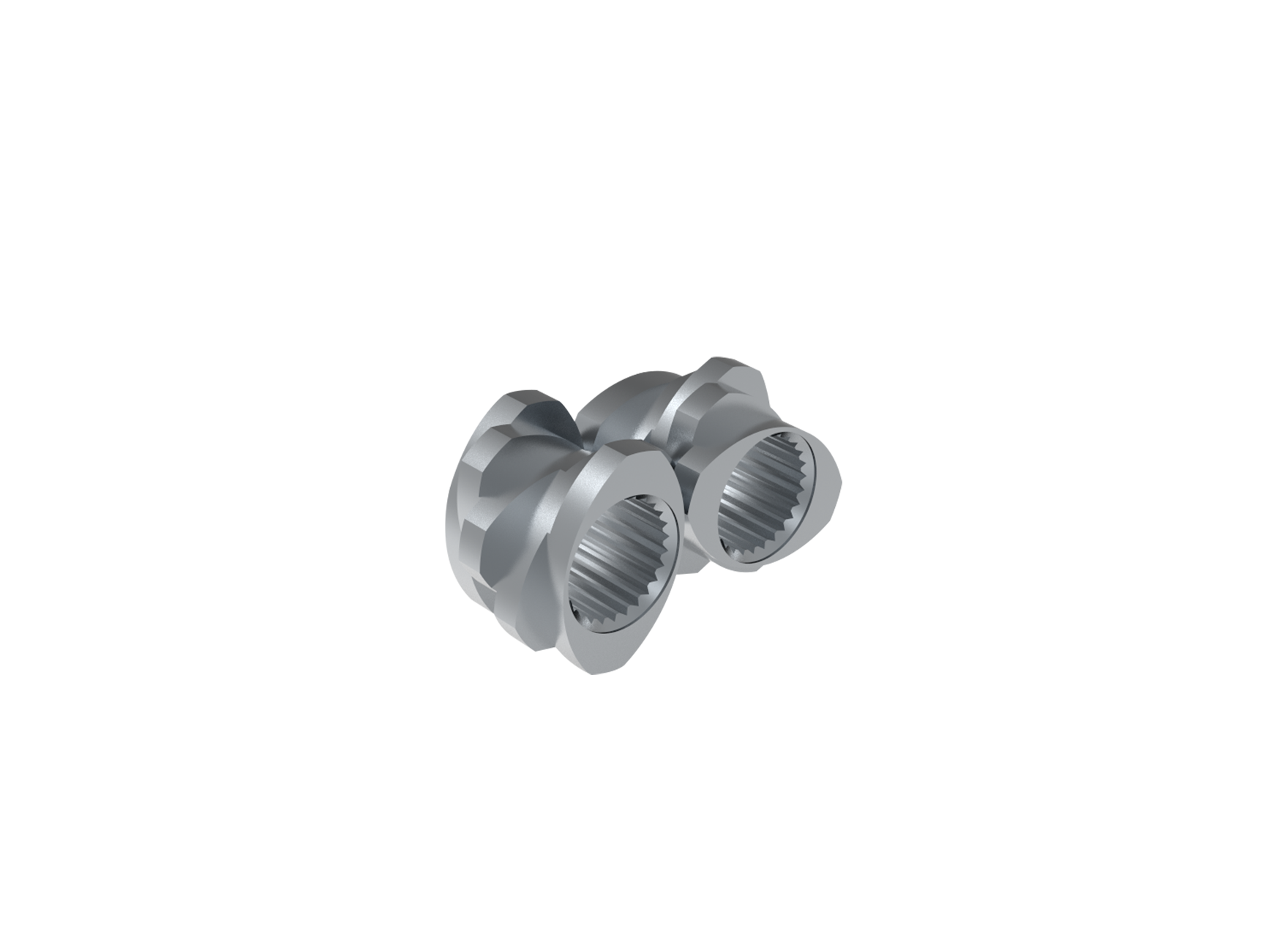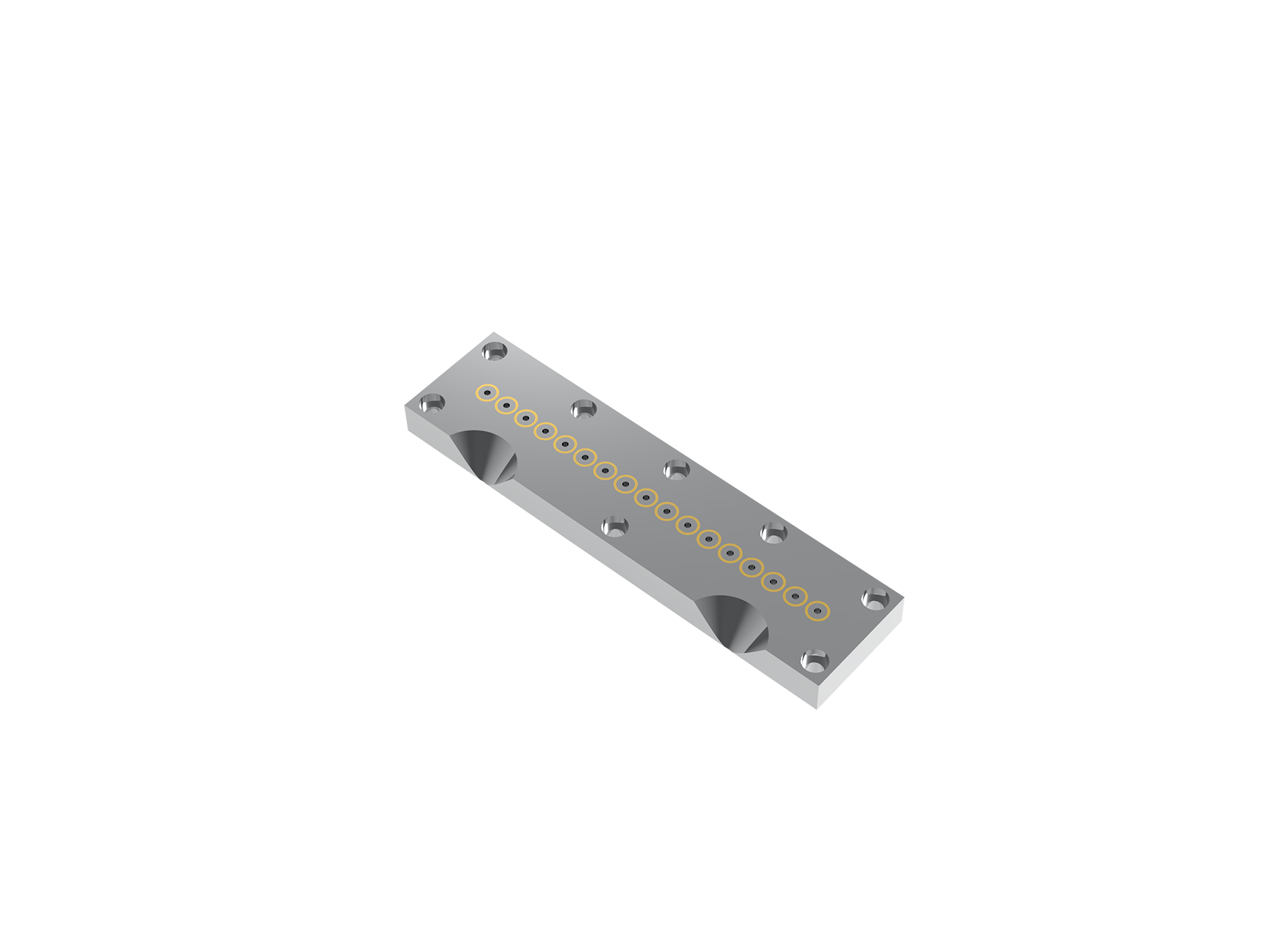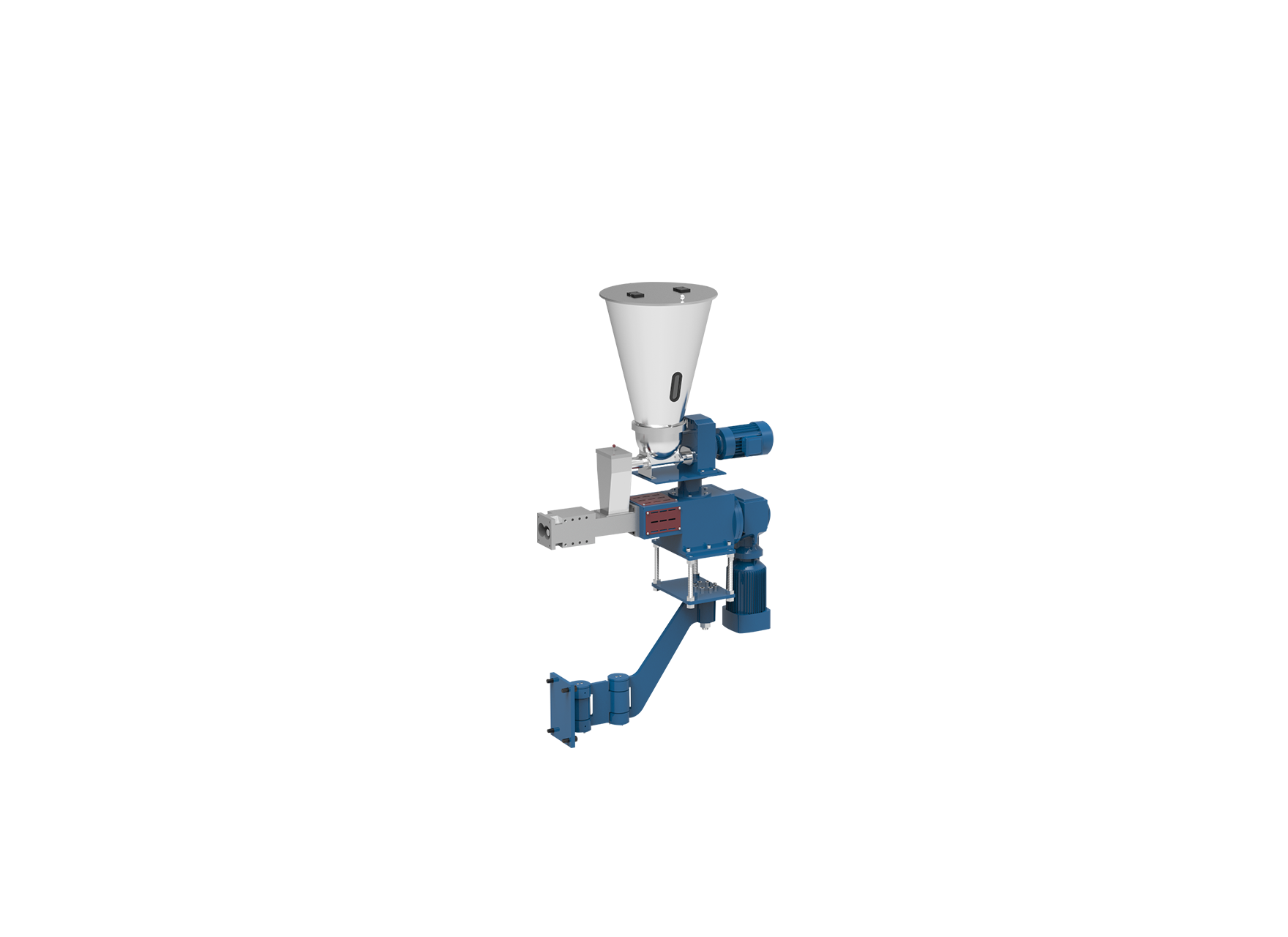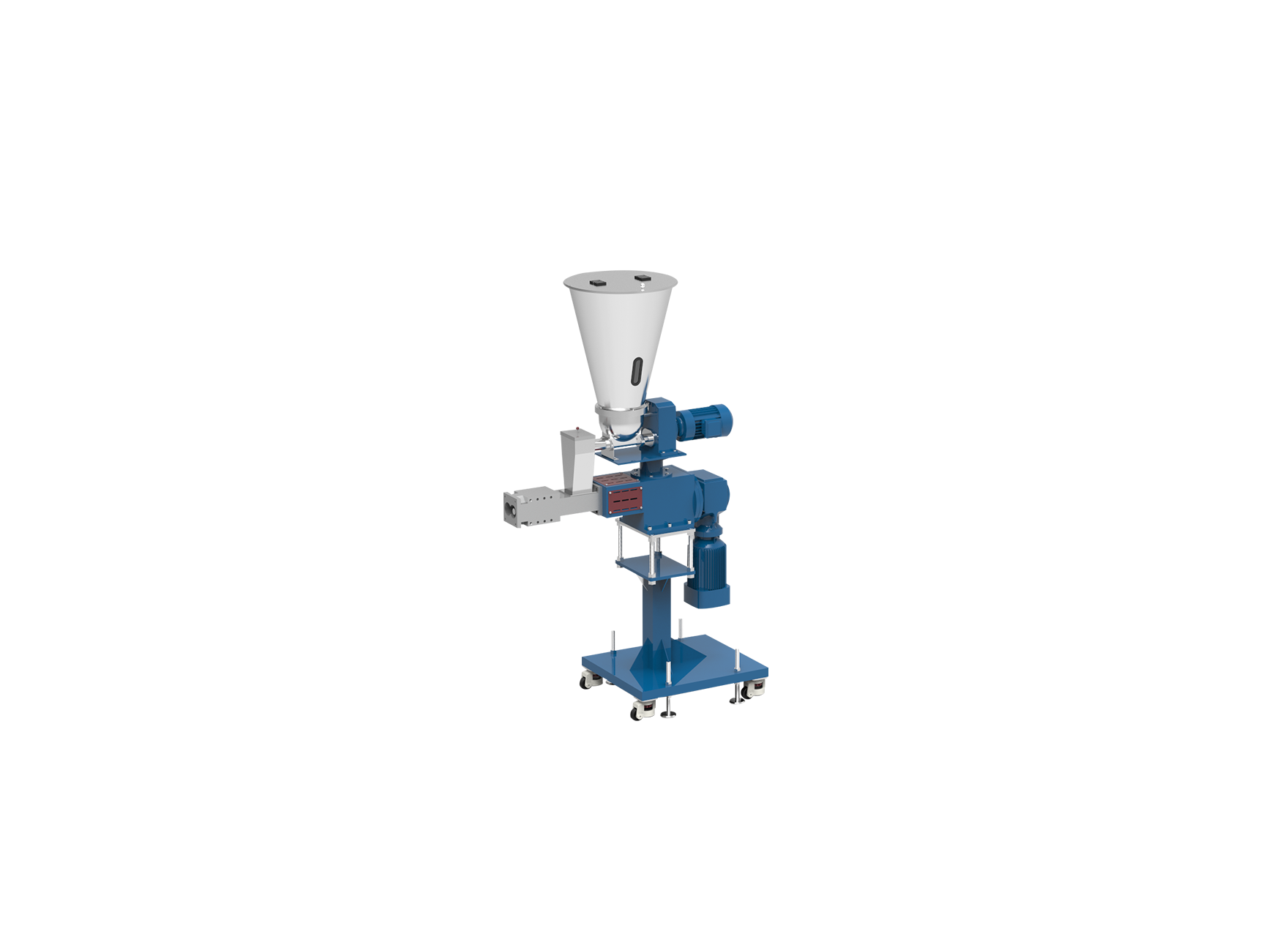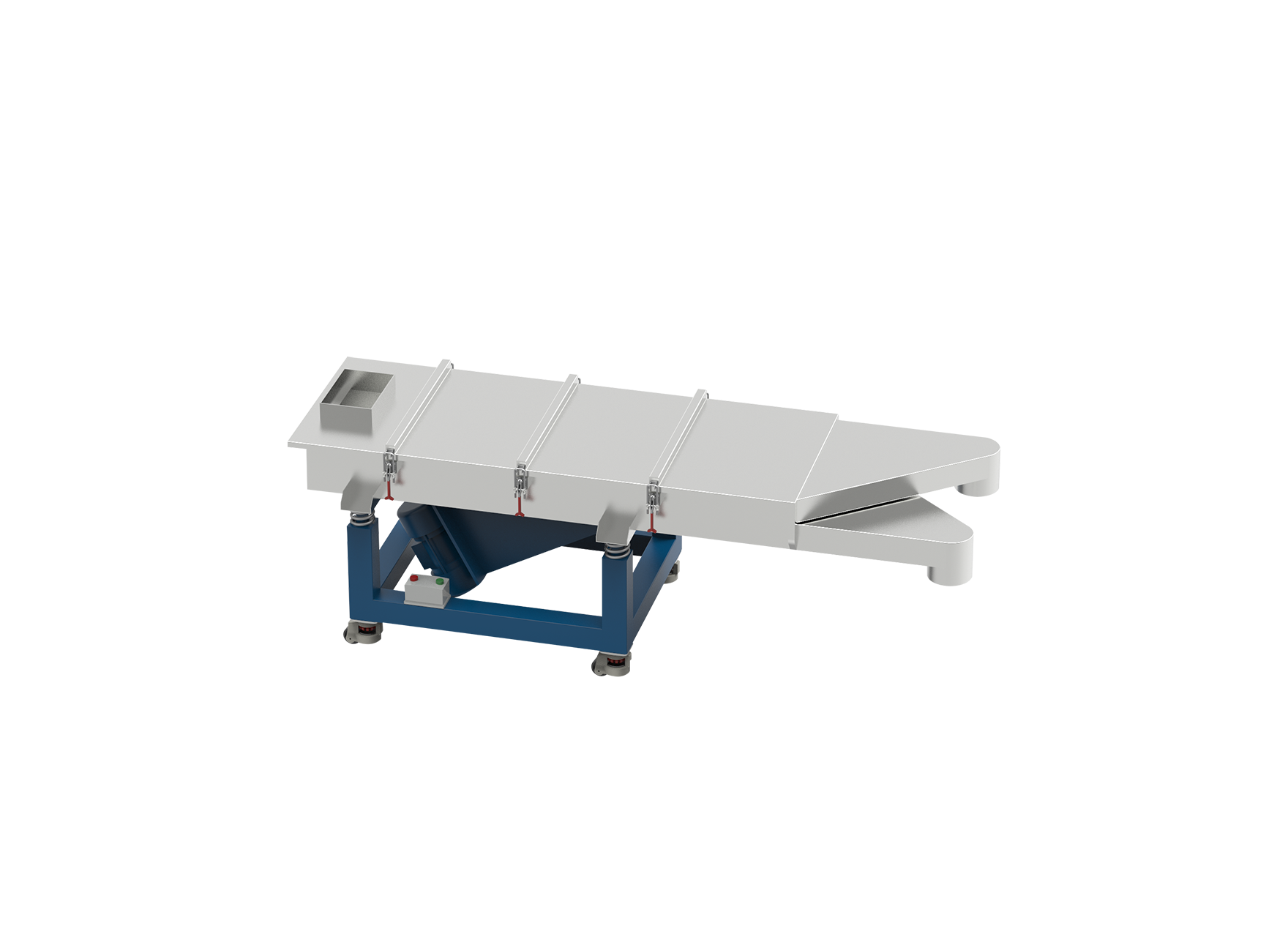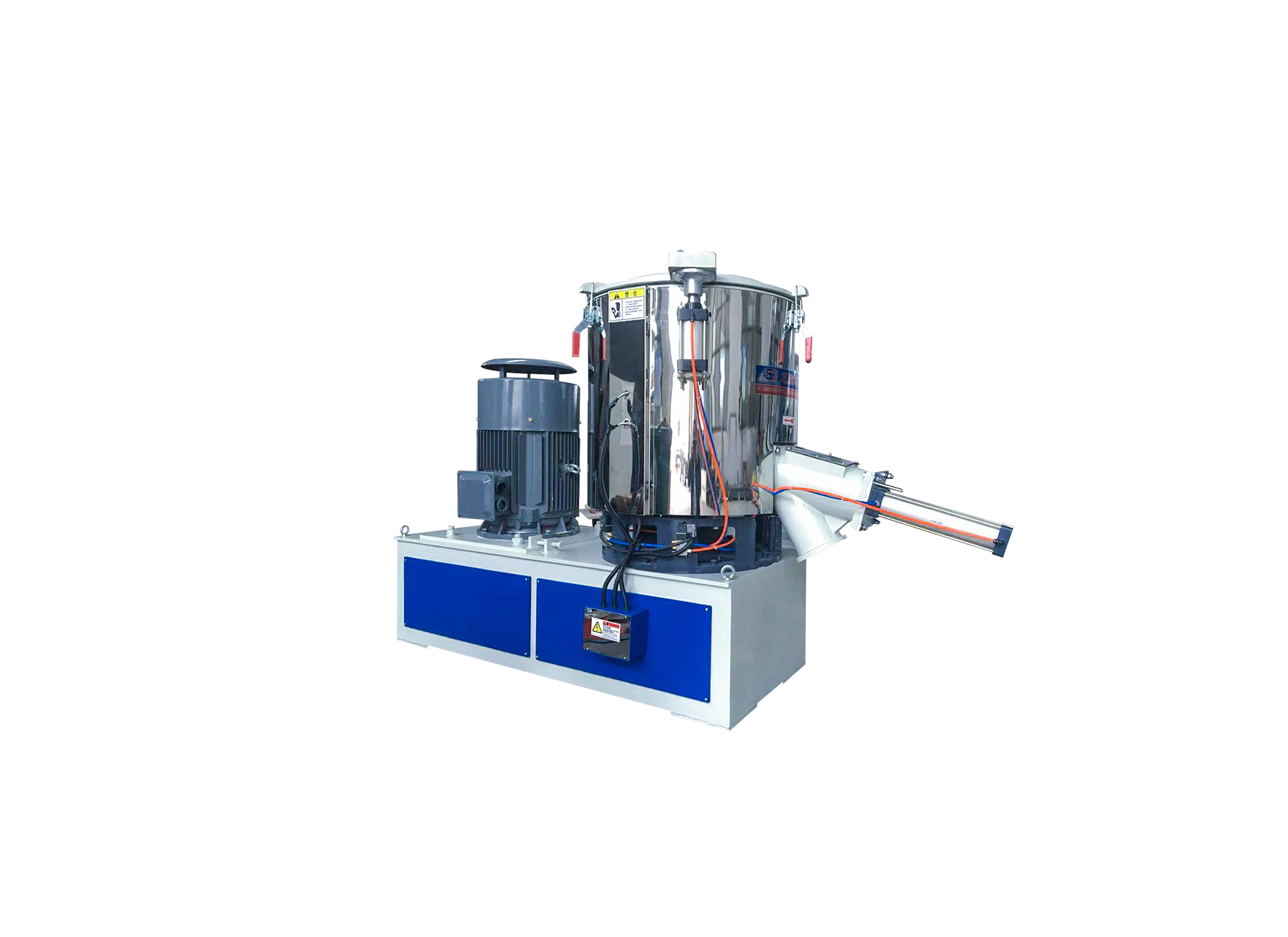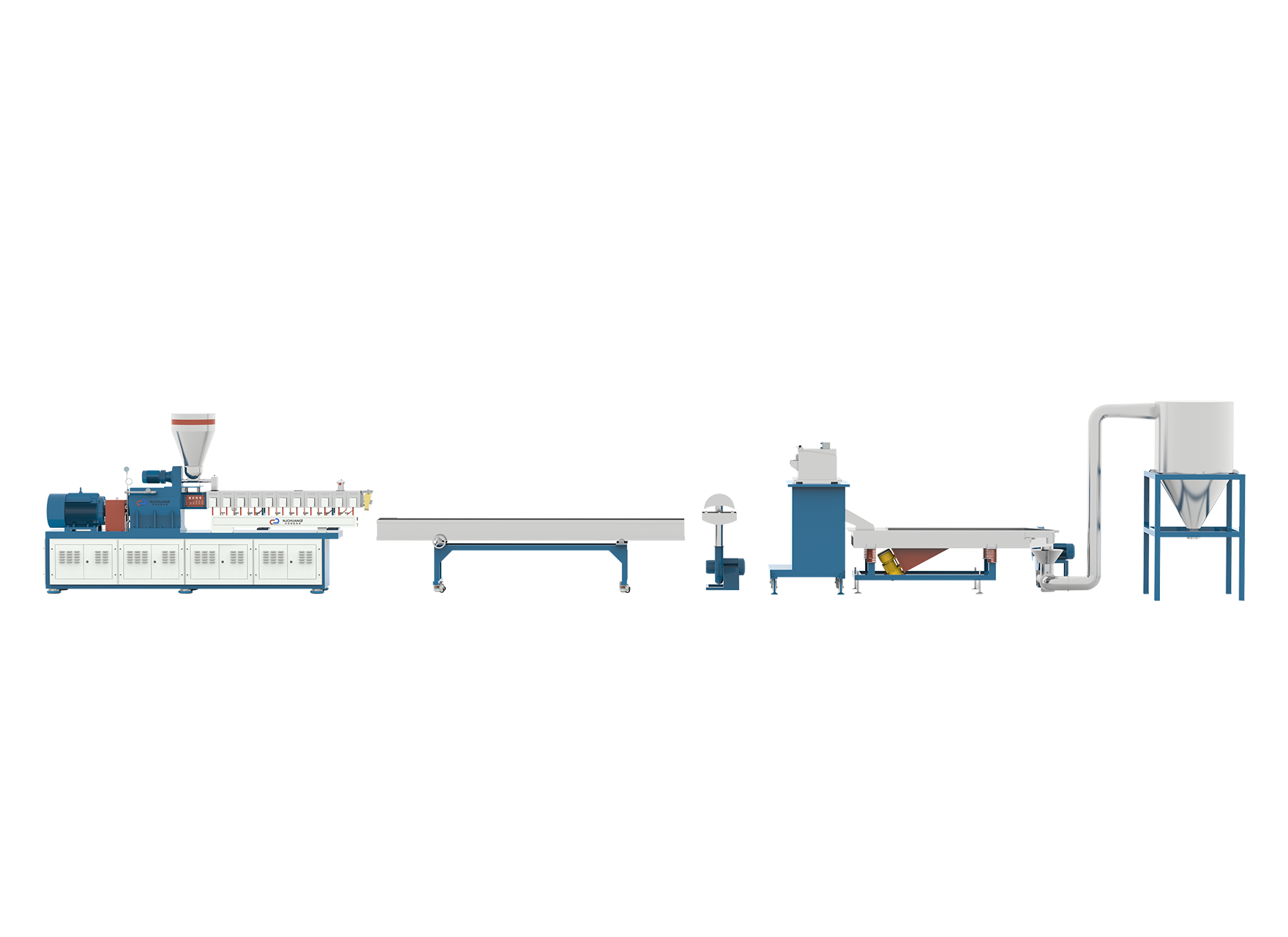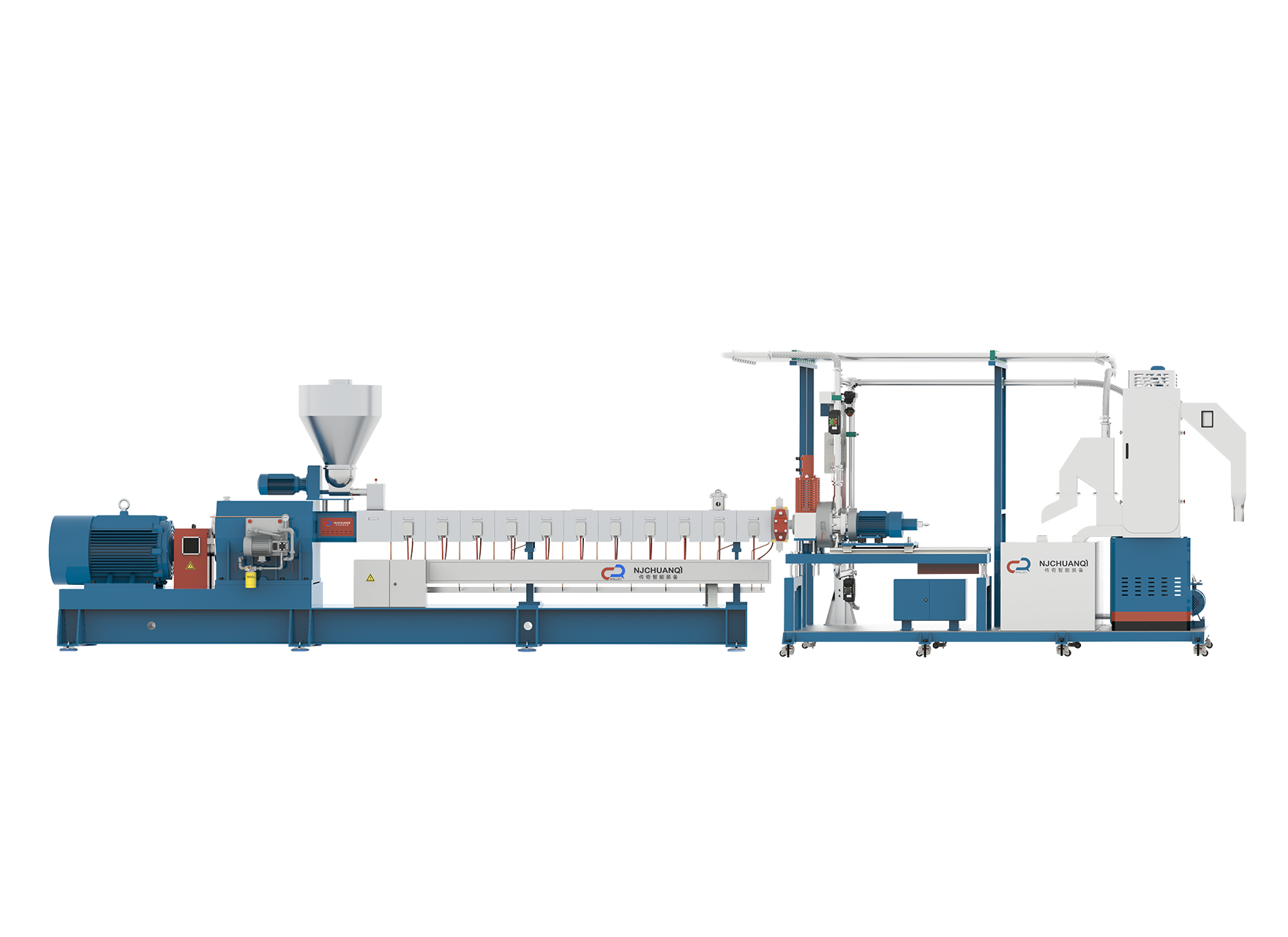Sale Lab Extruder Machine Factory Manufacturer in China
The lab extruder machine factory plays a crucial role in various industries, providing equipment for research, development, and production processes. However, the energy consumption of these facilities is a significant consideration, as it affects operational costs and environmental impact. Evaluating whether the lab extruder machine factory complies with energy efficiency standards requires an examination of their energy usage patterns, technological advancements, and regulatory compliance measures.
Energy consumption in the lab extruder machine factory is primarily driven by the operation of extrusion equipment, which requires power for heating, mixing, and processing materials. The extrusion process involves converting raw materials into desired shapes or forms through controlled heating and pressure, typically using specialized machinery such as extruders, mixers, and molding equipment. The energy efficiency of these machines depends on various factors, including design, operating parameters, and maintenance practices.
One key aspect of energy consumption in the lab extruder machine factory is the efficiency of the extrusion equipment itself. Modern extruders are equipped with advanced features such as variable speed drives, energy-efficient motors, and automated control systems, which optimize energy usage and reduce waste. By adjusting parameters such as temperature, pressure, and speed, operators can reduce energy consumption while improving production output and quality.
Furthermore, the design and layout of the lab extruder machine factory play a crucial role in energy efficiency. Well-designed facilities incorporate features such as natural lighting, efficient HVAC systems, and insulated building envelopes to reduce energy loss and optimize indoor environmental conditions. Proper equipment placement and workflow design ensures efficient material flow and decrease energy-intensive processes, such as material handling and transportation.
Moreover, the use of energy management systems (EMS) and process optimization techniques can further enhance energy efficiency in the lab extruder machine factory. EMS software monitors energy usage in real time, identifies areas of inefficiency, and provides actionable insights for improving energy performance. By implementing energy-saving measures such as load shedding, peak shaving, and demand response, factories can reduce energy costs and reduce environmental impact.
In addition to technological advancements and operational practices, compliance with energy efficiency standards and regulations is essential for the lab extruder machine factory. Many countries and regions have established energy efficiency standards and labeling programs for industrial equipment, including extrusion machinery. Compliance with these standards ensures that extrusion equipment meets energy performance criteria and contributes to overall energy conservation efforts.
Furthermore, certification programs such as ISO 50001 provide a framework for implementing energy management systems and continuous improvement initiatives in the lab extruder machine factory. By adopting ISO 50001 standards, factories can systematically identify, prioritize, and address energy efficiency opportunities, leading to cost savings, reduced carbon emissions, and enhanced competitiveness in the global marketplace.
However, despite these efforts, some of the lab extruder machine factories may still face challenges in achieving suitable energy efficiency. Factors such as aging equipment, lack of awareness about energy-saving technologies, and resource constraints can hinder efforts to improve energy performance. In such cases, investing in equipment upgrades, employee training, and energy audits can help identify and overcome barriers to energy efficiency.
In conclusion, energy consumption in the lab extruder machine factory is a complex issue influenced by various factors, including equipment design, operational practices, and regulatory requirements. While modern extrusion equipment offers significant energy-saving potential, achieving suitable energy efficiency requires a holistic approach that encompasses technological innovation, operational optimization, and regulatory compliance. By embracing energy management practices and investing in energy-saving technologies, the lab extruder machine factory can reduce costs, enhance competitiveness, and contribute to a more sustainable future.

 English
English 中文简体
中文简体 русский
русский عربى
عربى +86-189 1339 2785
+86-189 1339 2785
